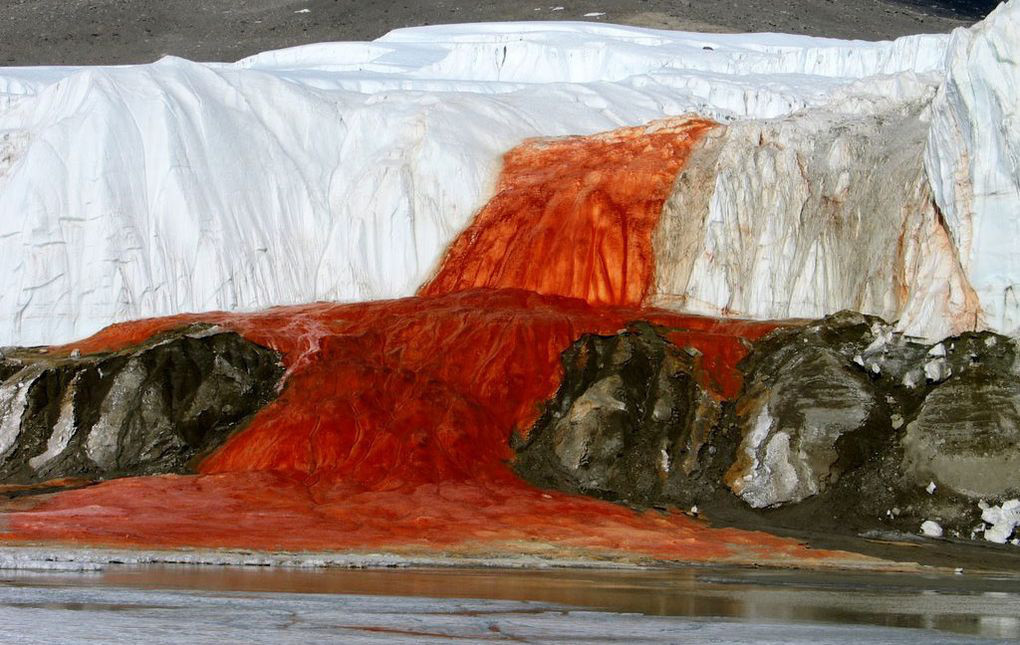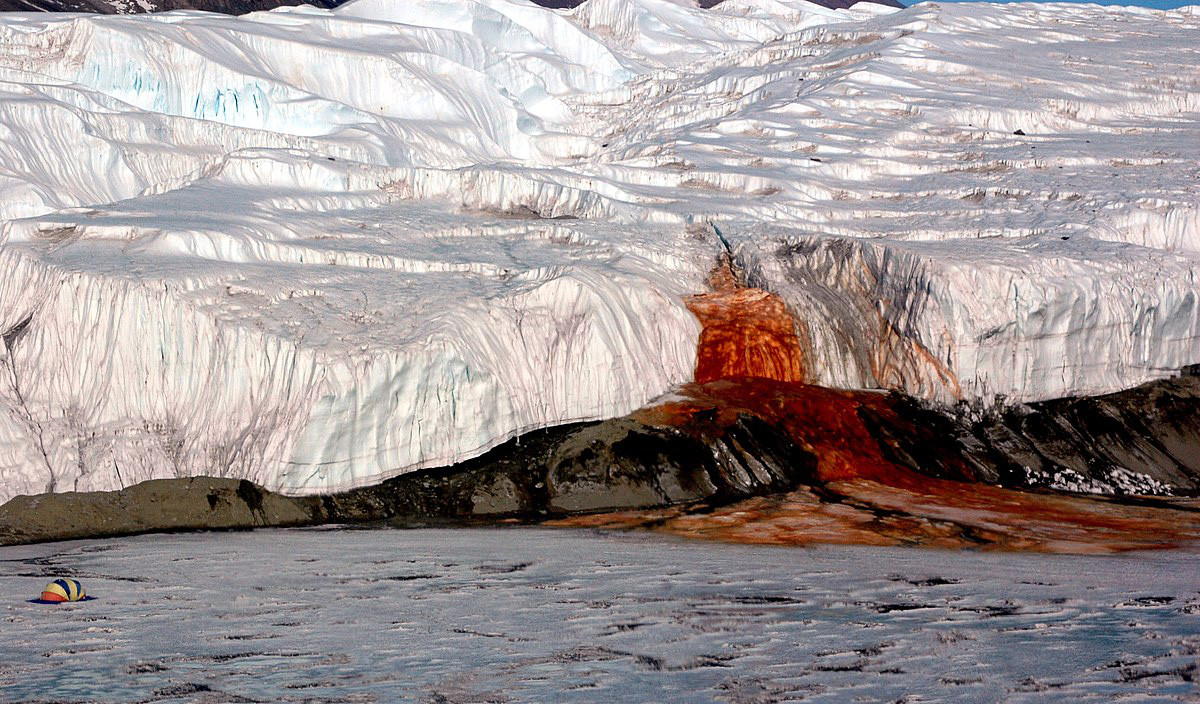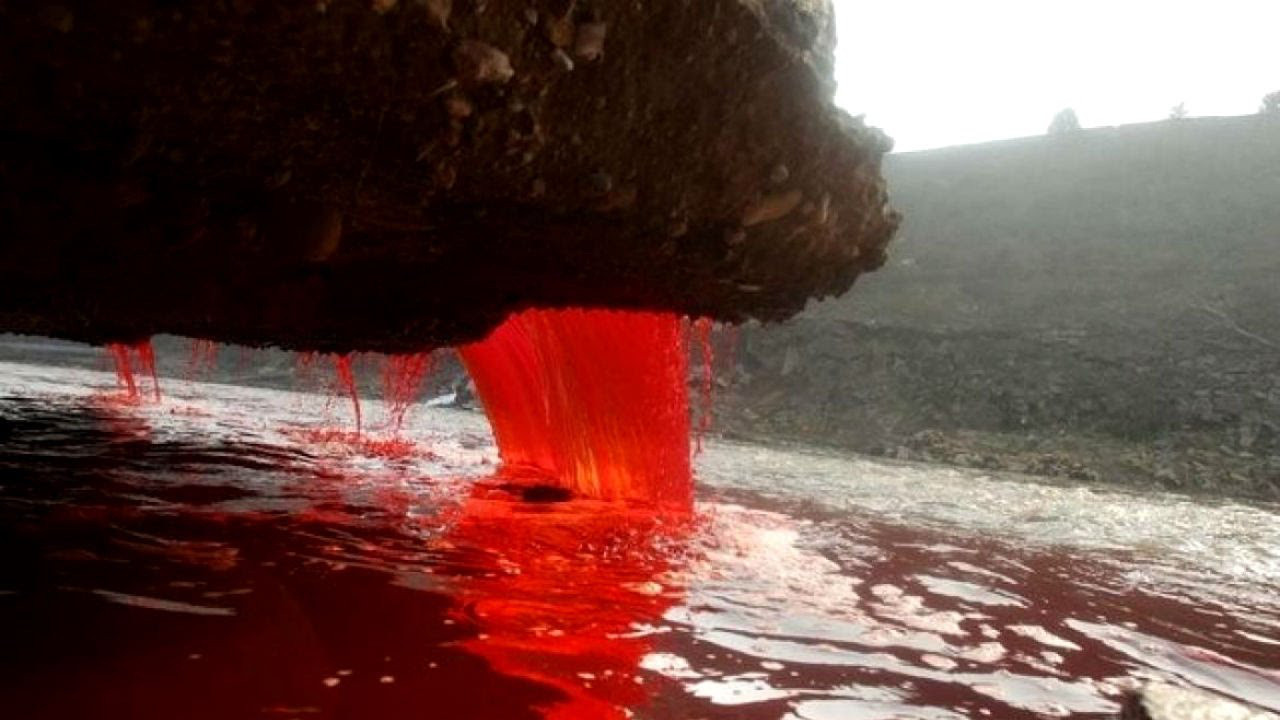More than 100 years ago, British geologist Griffith Taylor discovered a mysterious ice valley in Antarctica with a waterfall flowing out as red as blood.

For more than a century, the phenomenon that Mr. Taylor calls “Blood Falls” has intrigued scientists and lovers of mysterious places around the world.
In 2017, a team using ground-penetrating radar discovered a network of cracks of varying sizes in the ice that formed a buried reservoir of saltwater, which fed the waterfall at the glacier's snout.
High salt concentrations combined with pressure at the bottom of the glacier keep the water flowing, despite sub-zero temperatures. But what causes the sudden color change remains a mystery.
Other studies conducted in the 1960s claimed to have found only trace amounts of minerals in water samples from the glacier below Blood Falls, which was not enough to explain why the water was red.

Another theory is that the red color of the “blood falls” is related to a mass increase in red ice algae in the glacier. But even when experts found traces of carbon, no algae was found to be responsible for the phenomenon.
By 2023, according to a paper published in the journal Frontiers in Astronomy and Space Science, a team of researchers led by the University of Alaska Fairbanks and Colorado College solved the mystery of Blood Falls using a combination of modern analytical techniques.
Researchers discovered tiny nano-spheres floating in water. In-depth chemical analysis using X-rays later revealed that these particles contained molecules of iron, silica, calcium, aluminum, salt, and other elements.
Previous studies have overlooked these nanoparticles because they are so small and lack a crystalline structure. Most standard analytical methods previously used by mineralogists ignore such amorphous materials.
Nano iron salt molecules leached out of the glacier and oxidized to red when exposed to air for a long time. This explains the blood-red color of the waterfall we see today.
Although the falls are located in a difficult-to-reach area, visitors can visit Blood Falls by departing from Chile and Argentina. These two countries are the most popular starting points for those wishing to embark on an Antarctic expedition.
